The Reason Our Streets Switched to Cul-De-Sacs – City Beautiful YouTube Channel
Category: Urban Planning
Eight Core Assets for 21st Century Communities
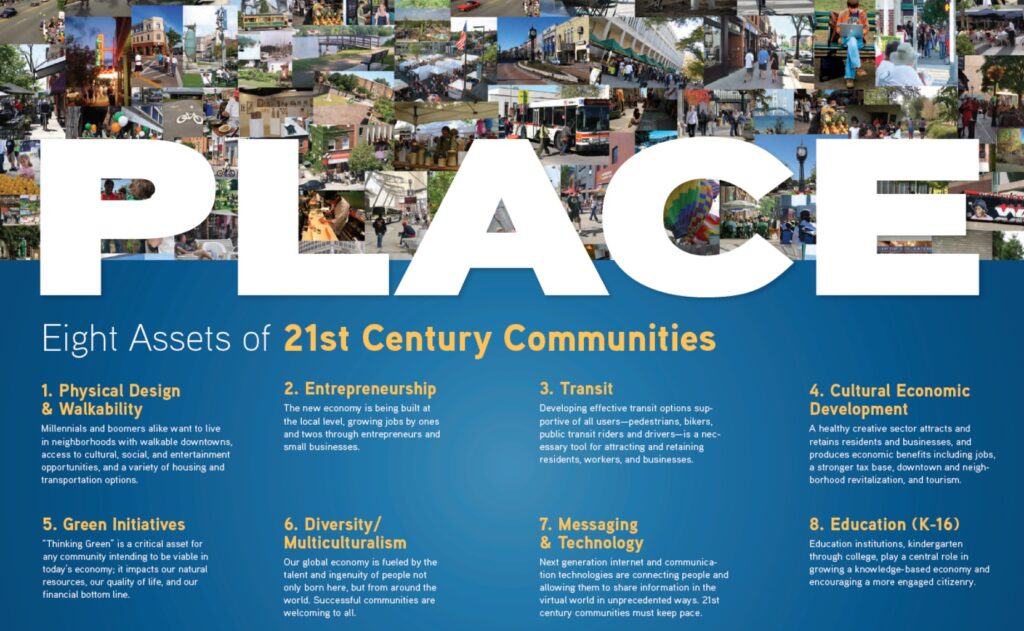
Michigan Municipal League
Ten years ago, in the July-August 2009 issue of The Review, the official magazine of the Michigan Municipal League, the League stated their research continued to show that “place” matters more than ever. The League hosted a public policy series to inform and inspire a different way of thinking as we provide a blueprint for moving Michigan communities forward in a new and creative direction. Through those forums, research, and education, they identified eight essential assets necessary for communities to be vibrant places for the next 50 Cultural years. These eight assets will serve as the focus for the League’s Center for 21st Century Communities.
Eight Assets
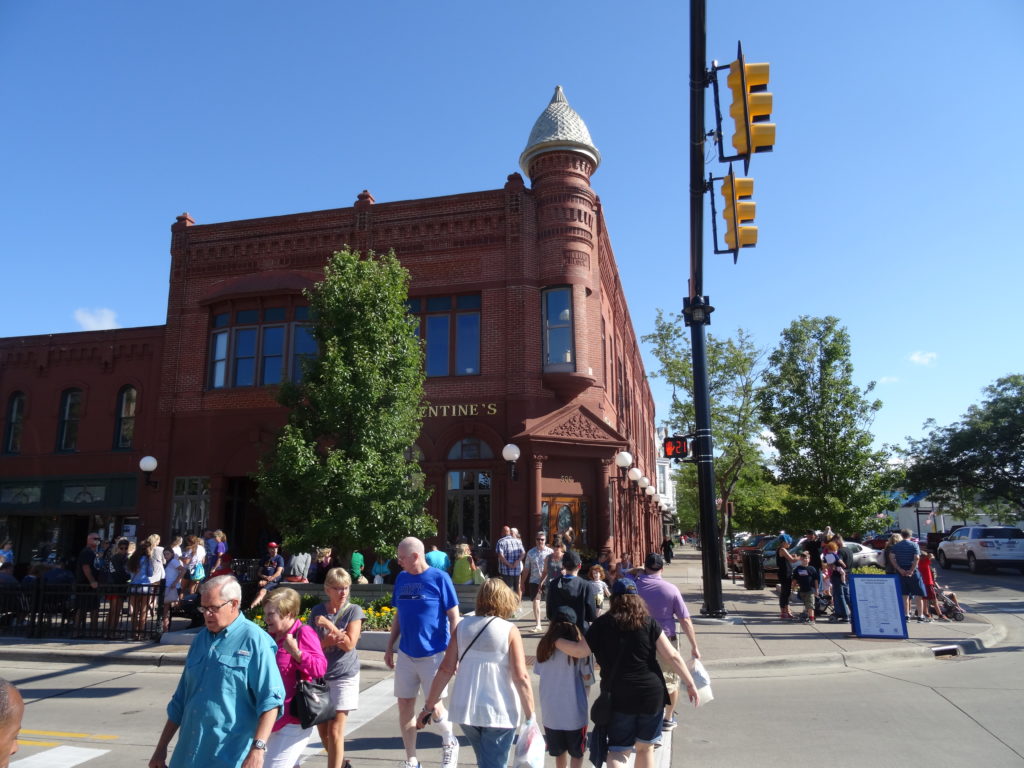
1. Physical Design & Walkability
Whether your community is big or small, it is important to create a physical fabric that promotes social connections where people can live, work, shop and play.
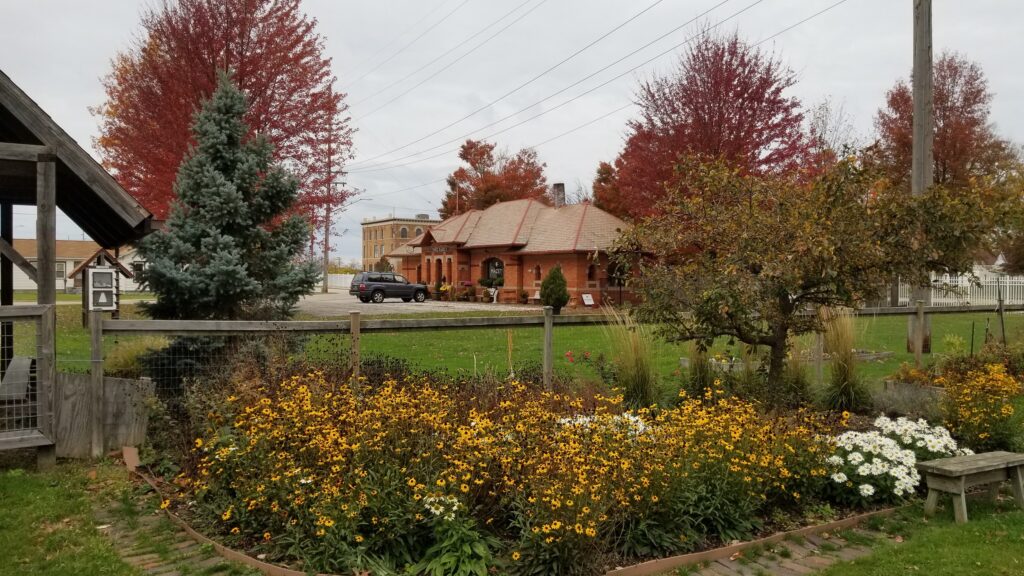
2. Green Initiatives
“Thinking green” is a critical asset of any viable community. It impacts natural resources, quality of life, and the financial bottom line.
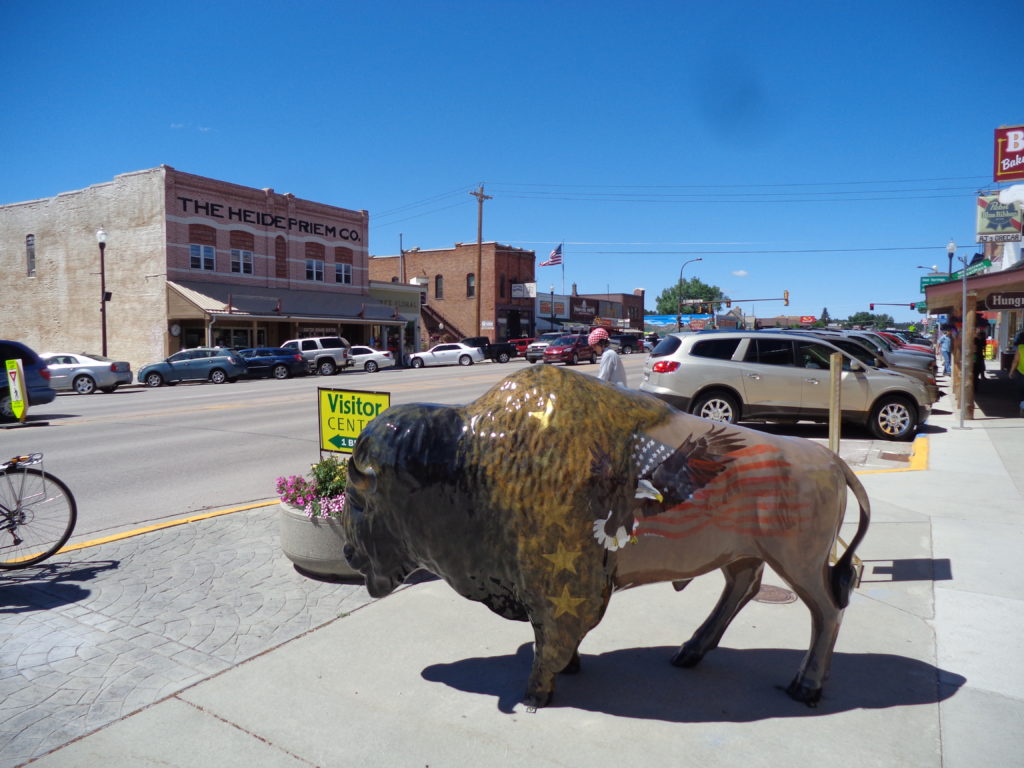
3. Cultural Economic Development
Arts and culture should be a part of any long-term economic development strategy for sustainability. CED plays a big role in developing and preserving a community’s identity and uniqueness.
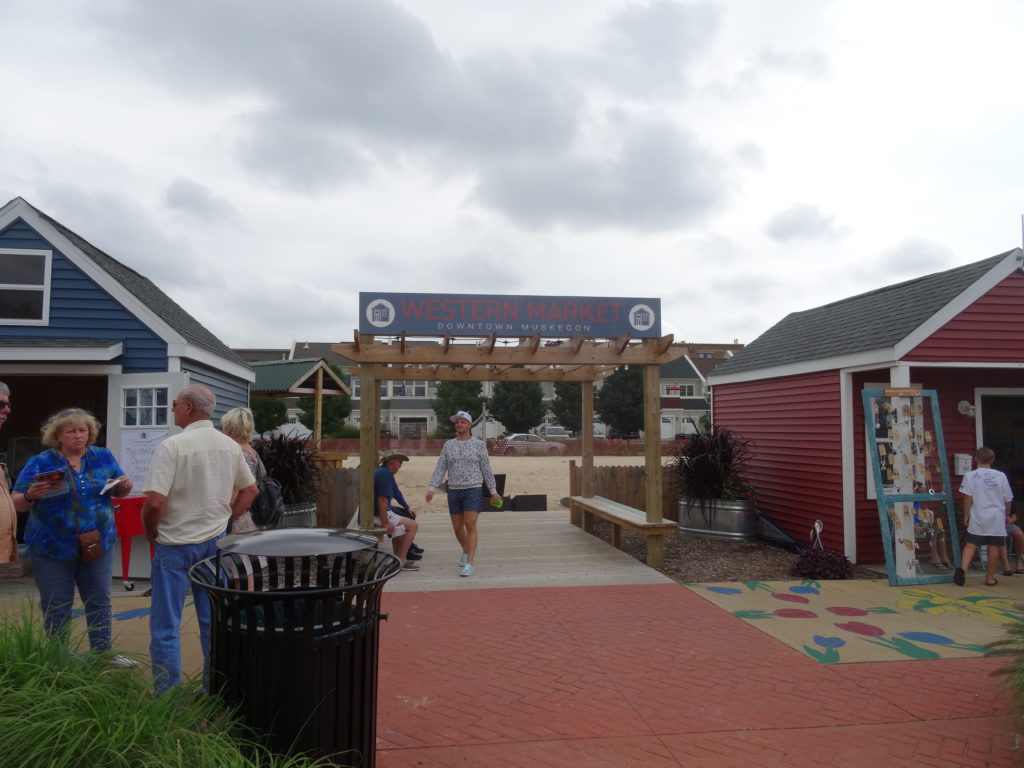
4. Entrepreneurship
In the new economy, we need to focus on growing jobs in our communities by ones and twos for long-term sustainability.
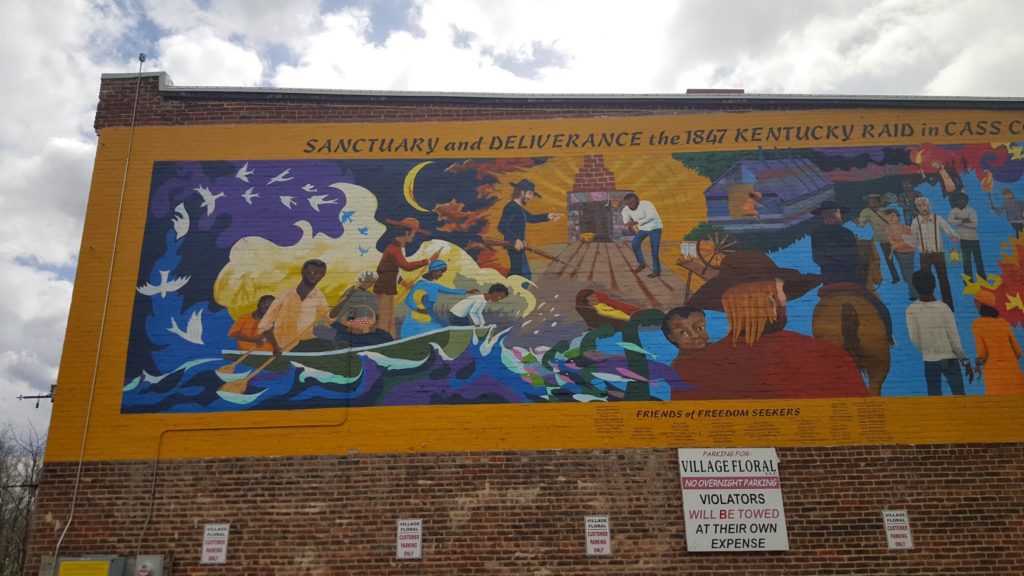
5. Diversity/Multiculturalism
Our global economy is fueled by the talent and ingenuity of people from around the world. Welcoming those from different backgrounds and disciplines can result in a whole new level of innovation.
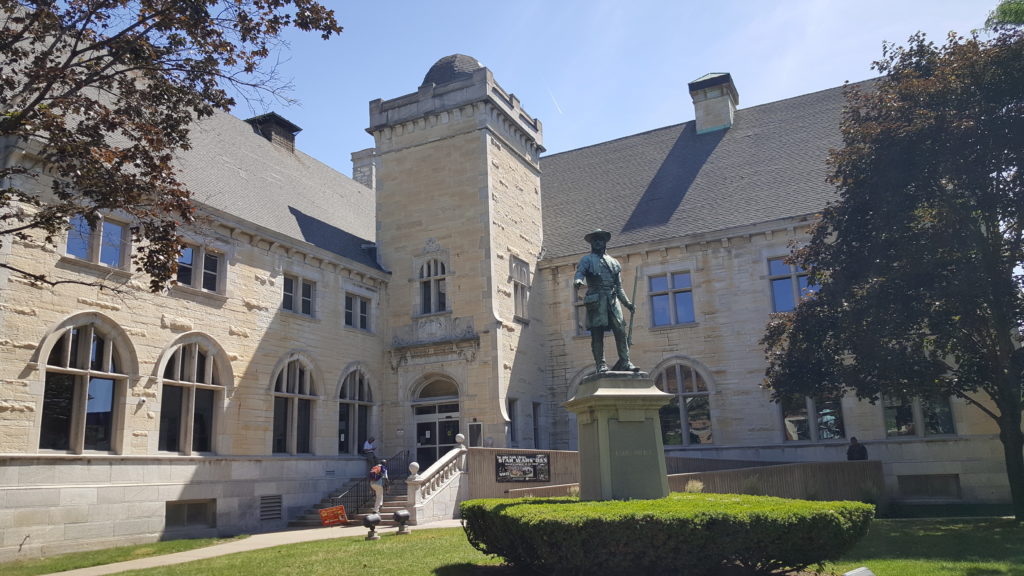
6. Messaging & Technology
Technology allows people to connect and collaborate like never before. Communities have a powerful opportunity to connect and engage with their citizenry and beyond.
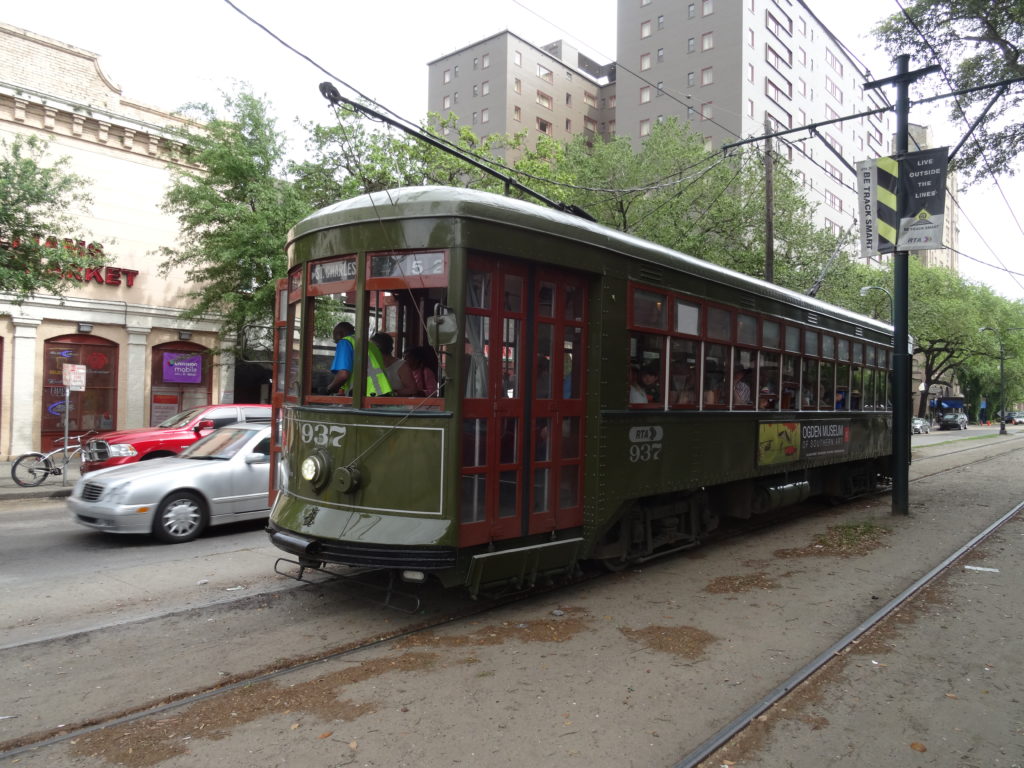
7. Transit
People are choosing where they want to live, play and work in communities that embrace all modes of transportation—walking, biking and public transit.
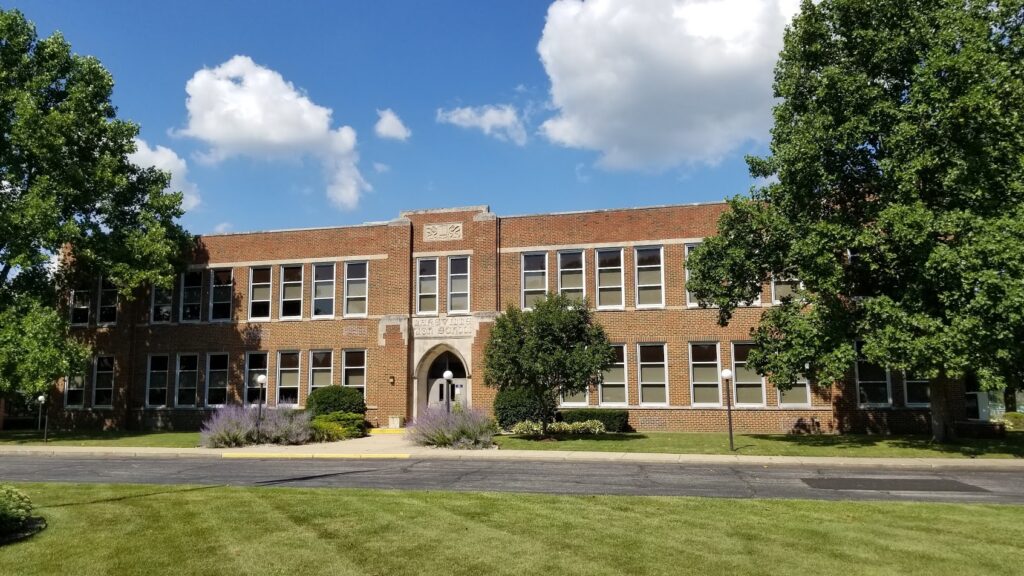
8. Education (K-16)
Our educational institutions are key to growing a knowledge-based state. Leveraging these institutional resources is critical.
Can you build main streets in the suburbs?
Can you build main streets in the suburbs? – City Beautiful YouTube Channel
-
-
- Physical Design & Walkability
- Green Initiatives
- Cultural Economic Development
- Entrepreneurship
-
-
-
- Upgrade all existing buildings
-
A Flaw In Street Design May Be Costing Lives – Cheddar Explains
A Flaw In Street Design May Be Costing Lives – Cheddar Explains YouTube Channel
A Brief History of U.S. City Planning
A Brief History of U.S. City Planning – City Beautiful YouTube Channel
Green New Deal
The Green New Deal, explained – Vox YouTube Channel
Representative Alexandria Ocasio-Cortez (D-NY) and Senator Ed Markey (D-MA) introduced a Green New Deal non-binding Congressional resolution. It is defeated in the Senate. The proposal advocates for a “10-year national mobilization.”
Interior
Access to nature for all people (including ecosystem regeneration).
Agriculture
-
-
- Healthy and affordable food
- Eliminate crop production pollution
- Eliminate animal production pollution and greenhouse gases
-
Commerce
Clean manufacturing.
Labor
Guaranteeing a job with a family-sustaining wage, adequate family and medical leave, paid vacations, and retirement security.
Health
High quality, universal health care.
Housing & Urban Development
Upgrading all existing building and construct all new buildings to achieve maximal:
-
-
- Affordability (offer housing choice – diversity of options)
- Comfort
- Durability
- Energy efficiency
- Electrification (the process of replacing technologies that use fossil fuels with technologies that use electricity as a source of energy)
- Safety
-
Energy
Transitioning the U.S. to 100% renewable, zero-emission energy sources; building or upgrading to energy-efficient, distributed, and ‘smart’ power grids, and working to ensure affordable access to electricity.
Transportation
Overhauling transportation systems:
-
-
- Zero-emission vehicle infrastructure and manufacturing
- Clean, affordable, and accessible public transportation
- High-speed rail
-
Environment
-
-
- Clean water
- Clean air
-
What Is the Ideal Size for a City Block?
What Is the Ideal Size for a City Block? – Cheddar Explains YouTube Channel
-
-
- Portland, Oregon’s Block Size: 200’x200′ = 0.9 acres
- Niles, Michigan’s Small Block Size: 264’x264′ = 1.6 acres
- David Green’s Ideal Block Size: 240’x360′ = 2.0 acres
- New Buffalo, Michigan’s Block Size: 264’x396′ = 2.4 acres
- South Bend, Indiana’s Downtown Block Size: 300’x400′ = 2.7 acres
- Niles, Michigan’s Double Block Size: 275’x730′ = 4.6 acres
- Manhattan’s Block Size: 246’x900′ = 5.1 acres
-
An Ode to Street Trees
An Ode to Street Trees – City Beautiful YouTube Channel
-
-
- Physical Design & Walkability
- Green Initiatives
- Cultural Economic Development
- Entrepreneurship
-
-
-
- Providing all people with access to nature
- Healthy and affordable food
- Upgrading all existing buildings
- Clean water and clean air
-
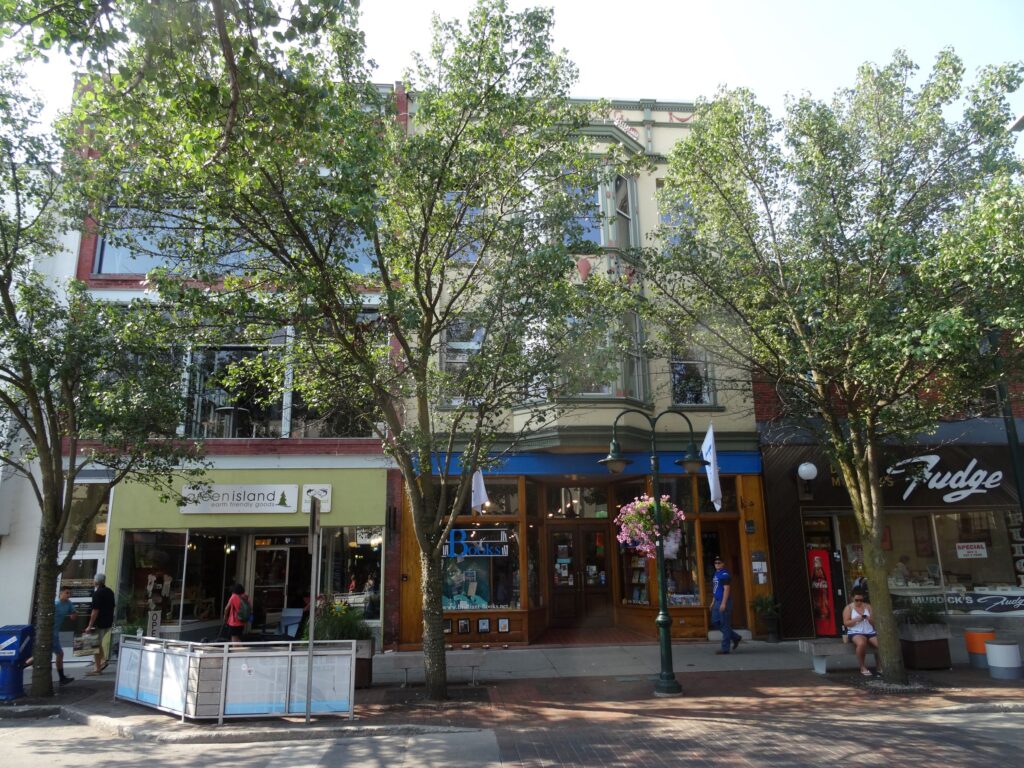
Top Benefits of Street Trees:
(From reliance-foundry.com’s “11 Benefits of Street Trees in Urban Spaces”.)
-
-
- Air
- Trees sequester carbon by taking carbon from carbon dioxide and…
- Trees generate oxygen
- Trees filter pollutants by capturing and settling particulates
- Trees return moisture to the air through transpiration, making the air less dry
- Water
- Trees return moisture to the air through transpiration, part of the water cycle
- Tree surface area slows rain to assist groundwater replenishment
- Trees slow rain to decrease run-off and flooding
- Tree roots help build the water holding capacity of soil
- Soil
- Tree roots foster better soil health
- Trees prevent soil erosion (true, grass can do this too, but grass doesn’t prevent soil compaction)
- Trees prevent soil compaction
- Safety
- Trees serve as a barrier between vehicles and pedestrians
- Trees serve as traffic calming by making drivers reduce speed
- Trees calm drivers
- Trees encourage pedestrians – increasing neighborhood watching
- Health
- Trees encourage healthy lifestyles by creating walk appeal
- Trees lower rates of psychological distress
- Trees can provide food (fruit and nuts)
- Trees clean air, making breathing easier (but too much pollen can be a problem)
- Economic
- Increasing pedestrians and bicyclists increases local shopping
- Increasing walking and bicycling saves on transportation costs
- Tourists can be drawn to spring blossoms, fall color, tree/tree product festivals, etc.
- Trees moderate temperature, saving on heating and cooling costs
- Temperature Moderation (energy savings & environmental quality)
- Trees moderate coldness by serving as wind barriers
- Tree shade comforts pedestrians
- Tree shade reduces heat from the urban heat island effect
- Trees return moisture to the air through transpiration, causing a cooling effect
- Trees can moderate temperatures between 9–27°F for “physiologically equivalent temperature,” or how cool we feel
- Community Identity – Placemaking
- Trees support community/social engagement by making it easier and more relaxing to be outside
- Beauty – spring blossoms, green canopy, fall color
- Property Values
- Trees increase property values
- Homes with trees sell for 5–10% more
- Depending on placement, trees can help provide privacy to residents
- Trees are the most cost effective public investment
- Air
-
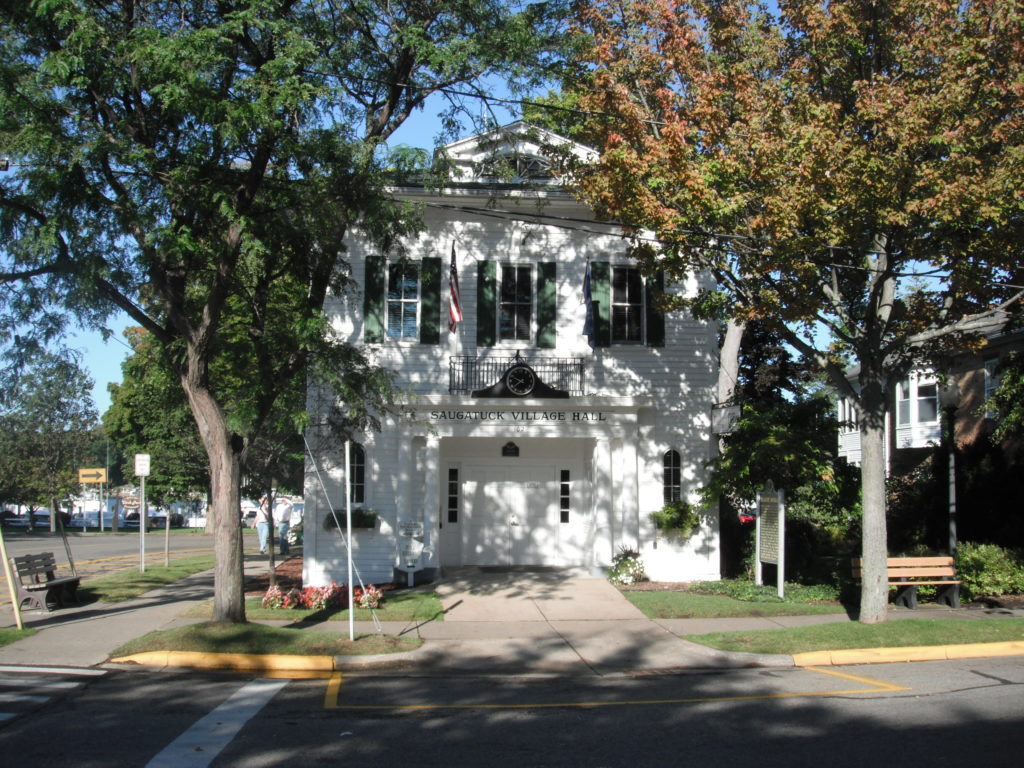
Street Tree Selecting and Locating:
(From Jeff Speck’s Walkable City Rules and reliance-foundry.com’s “How to select the best trees for sidewalks and tree grates”.)
-
-
- Whenever possible tree species should be selected for their capacity to grow large and hefty.
- In tight circumstances, taller and narrower, but still substantial, tree species should be selected.
- Smaller flowering trees can be used to create a special experience on a unique street, but should remain an exception to the rule.
- The mature size, texture, and color of the tree should reflect the street design goals.
- The mature canopy should not interfere with street lighting, signage, or building fronts.
- Maximum tree species height should be selected so the crown of the tree at maturity does not adversely affect overhead utility lines.
- Trees should be spaced so the root systems do not adversely affect underground utilities, sidewalks, or streets (including curbs).
- Trees should be native or orchard, and in special situations, ornamental.
-
Street Tree Selection – Natural Conditions:
-
-
- Hardiness zone
- Soil moisture
- Soil pH
- Sun/shade
- Road salt tolerance
- Insect/disease factors
- Flower pollen
- Fruit messiness
- Root direction
-
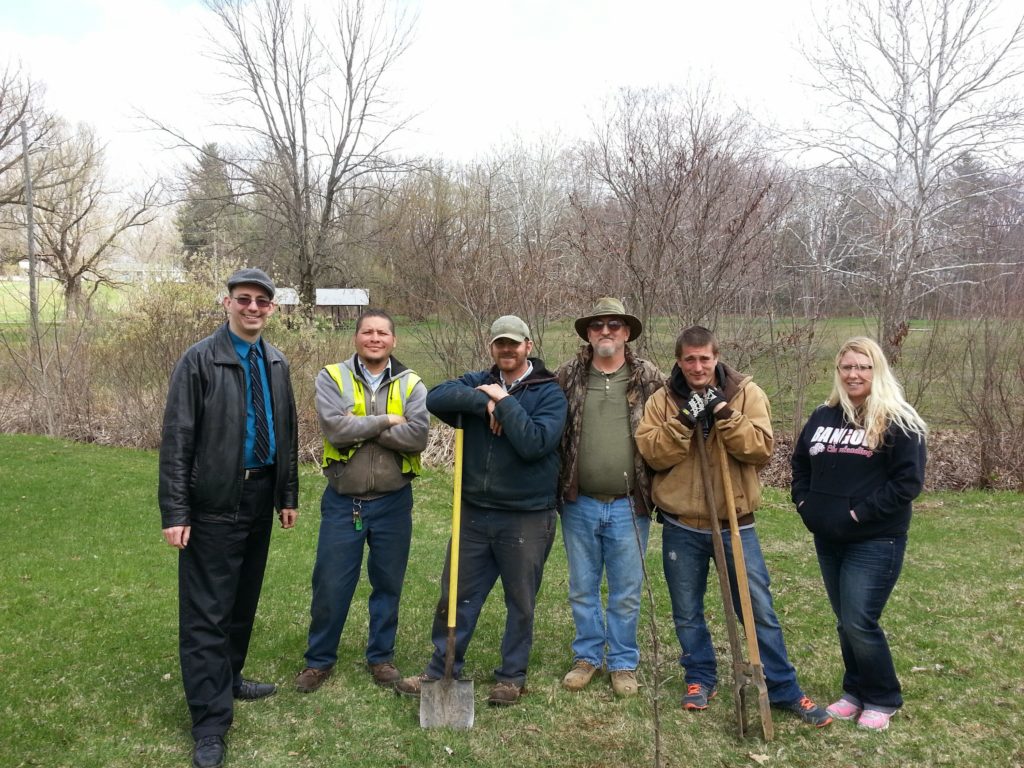
Top Shorter Street Trees bearing food (by relative maximum height):
-
-
- Dwarf Pear tree (Pyrus) (10′ height)
- Dwarf Sweet Cherry tree (Prunus avium) (15′ height)
- Pear tree (Pyrus) (20′ height)
- Apple tree (Malus) (20′ height)
- Cherry tree (Prunus) (35′ height)
-
Top Shorter Street Trees not bearing food (by relative maximum height):
-
-
- Sweet Crabapple tree (Malus coronaria) (20′ height)
- Dogwood (Cornus) (20′ in sun; 40′ in shade)
- Serviceberry (Amelanchier) (25′ height)
- American Hornbeam (Carpinus caroliniana) (30′ height)
- Eastern Redbud (Cercis canadensis) (30′ height)
-
Top Taller Street Trees bearing food (by relative maximum height):
-
-
- Hickory (Carya) (60′ height)
- Red Maple (Acer rubrum) (60′ height)
- Sugar Maple (Acer saccharum) (75′ height)
- Walnut (Juglans) (120′ height)
-
Top Taller Street Trees not bearing food (by relative maximum height):
-
-
- Thornless Honeylocust (Gleditsia triacanthos inermis) (60′ height)
- Northern Catalpa (Catalpa speciosa) (60′ height)
- Northern Red Oak (Quercus rubra) (75′ height)
- White Oak (Quercus alba) (80′ height)
- American Linden/Basswood (Tilia americana) (80′ height)
- Bur Oak (Quercus macrocarpa) (80′ height)
- Princeton American Elm (Ulmus americana ‘Princeton’ ) (80′ height) (Dutch elm disease resistant cultivar)
- American Sycamore (Platanus occidentalis) (100′ height)
-
Note: The State of Indiana recommends against municipalities planting any more Silver Maples due to it already being the predominate species planted across the state for many years and wishing to diversify tree options to protect against the possibility of catastrophic loss due to some future pest/disease problem.
Residential streets are too wide. Here’s why.
Residential streets are too wide. Here’s why. – City Beautiful YouTube Channel
Scoring: How to do the Math on Proposed Development in your Town
Scoring: How to do the Math on Proposed Development in your Town – Strong Towns YouTube channel
